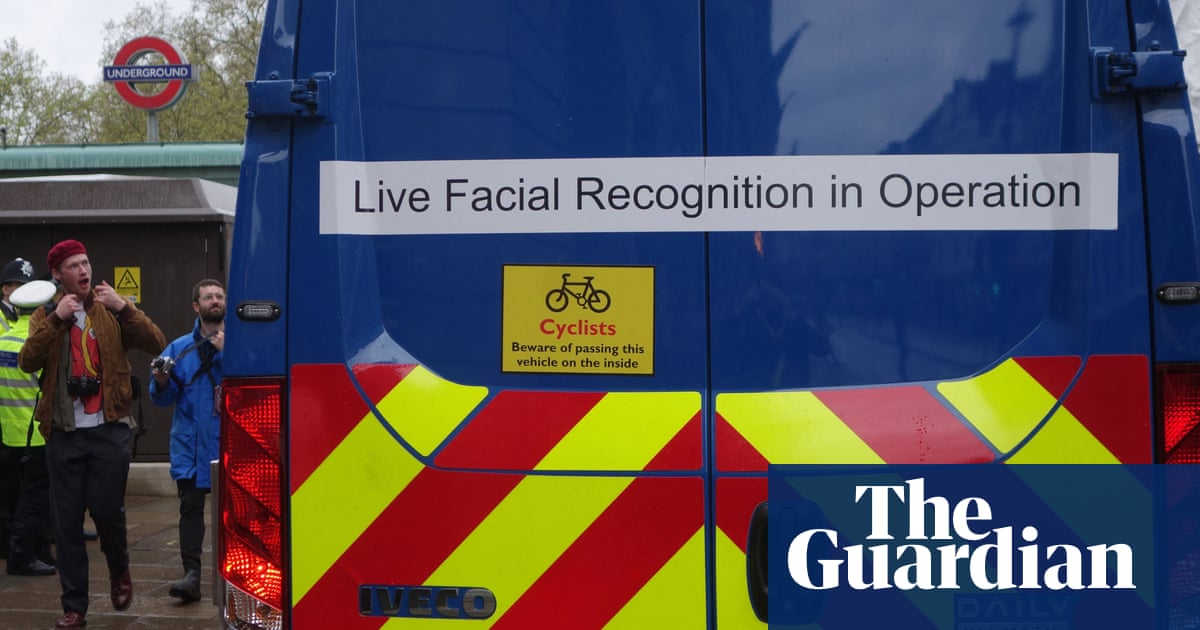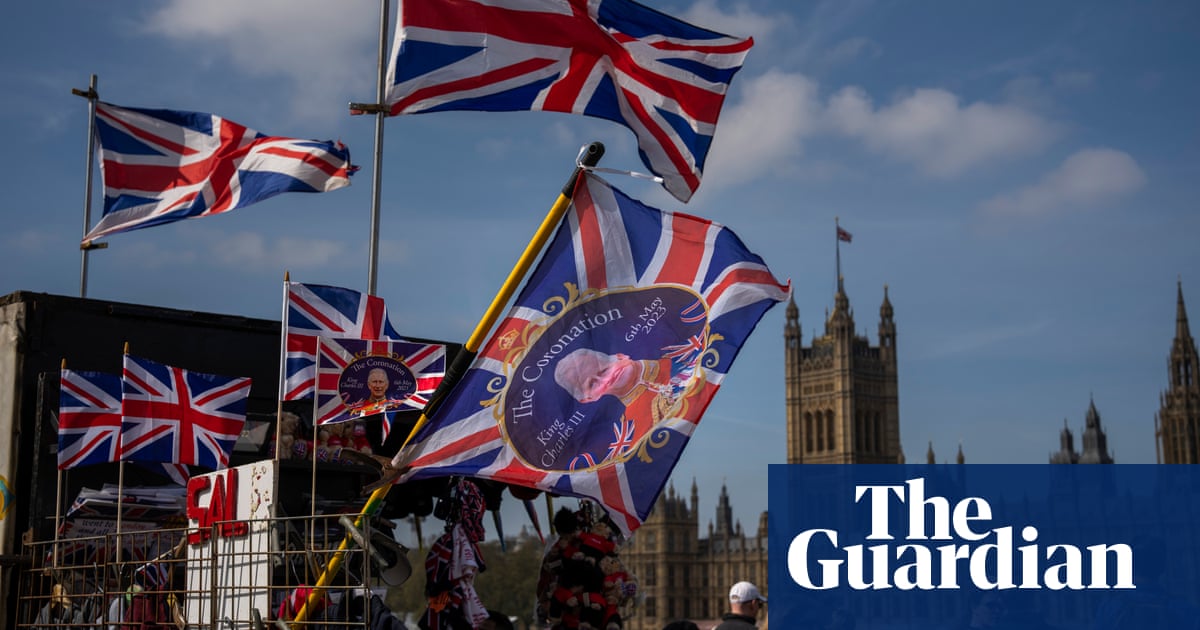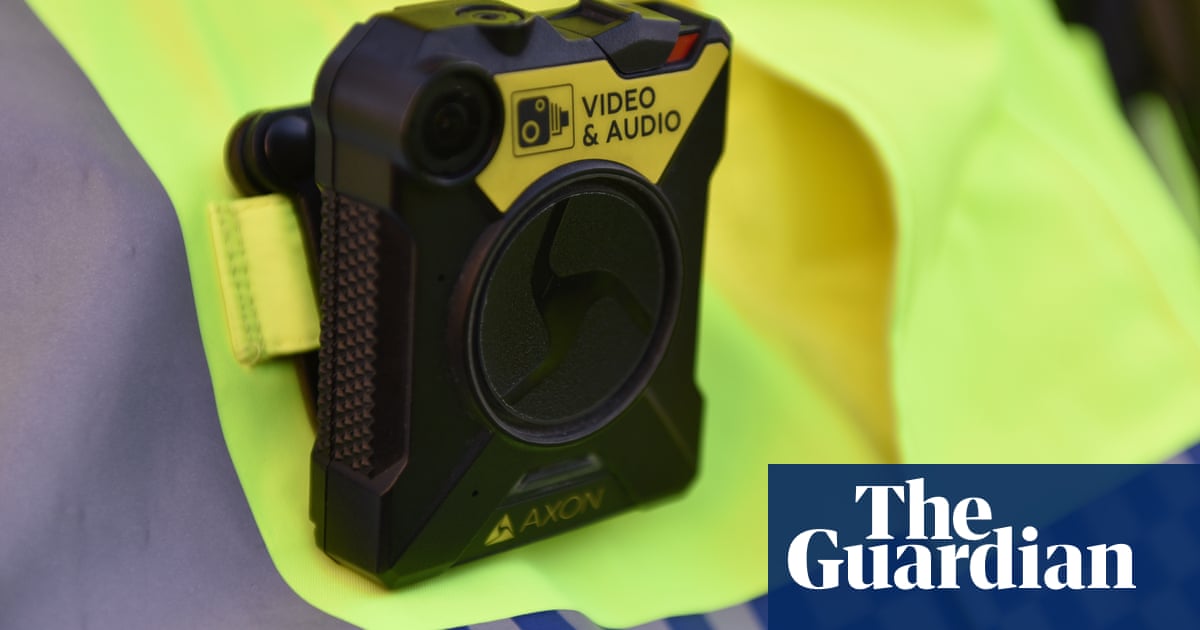
Ministers are calling for facial recognition technology to be “embedded” in everyday policing, including potentially linking it to the body-worn cameras officers use as they patrol streets.
Until now, police use of live facial recognition in England and Wales has been limited to special operations such as football matches or the coronation.
Prof Fraser Sampson, the biometrics and surveillance camera commissioner, said the potential expansion was “very significant” and that “the Orwellian concerns of people, the ability of the state to watch every move, is very real”.
The government’s intentions were revealed in a document produced for the surveillance camera commissioner, discussing changes to the oversight of technology and surveillance.
It said: “This issue is made more pressing given the policing minister [Chris Philp] expressed his desire to embed facial recognition technology in policing and is considering what more the government can do to support the police on this. Such embedding is extremely likely to include exploring integration of this technology with police body-worn video.”
Sampson confirmed its accuracy as did a Home Office spokesperson, with the document summarising a government-organised meeting held last month to discuss the technology.
Body-worn video was brought in to capture evidence, and interactions between officers and the public. The small cameras can currently capture video in high definition and it is technically possible to link them to live facial recognition (LFR), a system that matches the biometrics of people’s faces against those held on a watchlist.
Sampson said: “A camera on an officer walking down the street could check the faces against a watchlist of suspects. They could check hundreds if not thousands of people while on duty.
“The technology will be capable of doing many things, not all of which the public would want. In China the algorithm can pick up ethnicity.
“It will be able to estimate age; some manufacturers claim it can estimate someone’s mood or state of anxiety.”
Sampson said the rules for LFR until now were not devised by parliament, but interpreted in a hurry after authorities including the police lost court cases over the use of the technology.
He said: “If the use is unconstrained then no one is in any position to give guarantees about what comparisons LFR is making, what conclusions it is drawing and what the consequences are for you. Policing is based on consent and trust and confidence is vital to policing.”
He added: “The Orwellian concerns of people, the ability of the state to watch every move, is very real and that needs to be addressed in any future regulatory framework about the state’s use of this technology.”
A Home Office spokesperson said the government backed greater use of facial recognition. “The government is committed to empower the police to use new technologies like facial recognition in a fair and proportionate way. Facial recognition plays a crucial role in helping the police tackle serious offences including murder, knife crime, rape, child sexual exploitation and terrorism.”
Emmanuelle Andrews of Liberty, which opposes any use of LFR, said: “If the government is intent on rolling out Big Brother-style facial recognition technology, subjecting more and more people to this invasive practice, it infringes the right to go about our lives without being surveilled and monitored by the police.”
Police believe live facial recognition could be the next big leap in fighting crime, essentially industrialising the spotting of wanted people.
Lindsey Chiswick, the National Police Chiefs’ Council lead for facial recognition, said: “As the exploitation of technology and data increasingly benefits society, it is right that policing also considers how new technology can help to prevent crime in an effective, well-governed and proportionate way.
“With transparency, accountability and appropriate standards, we believe the use of emerging technology can help policing tackle crime and ultimately keep communities safe.”
The Met used LFR at the coronation resulting in one arrest from 68,000 faces scanned, figures show. Three sites were set up, with LFR cameras close to the Savoy and Bridge Street in Westminster, which scanned nearly 38,000 faces and produced no alerts against a list of 10,451 people police regarded as suspects.
An LFR camera set up in Piccadilly scanned 30,633 faces, produced two alerts, one of which led to an arrest and one of which led to no further action. The Met data claims there were no false alerts.
The Met did not say what the arrest was for.
The academic expert Pete Fussey questioned the amount of human and technical resources required for the one arrest, and the scale of human rights infringement involved: “These statistics raise legitimate questions over the proportionality of such tactics given the established legal principle that the human rights of all those whose faces are scanned are engaged, whether they are wanted by the police or not.”
The Home Office says a new bill that would abolish the role of the surveillance camera commissioner simplifies “the oversight of police use of biometrics and surveillance cameras”, making it easier for “police and public” to understand.
Others say it would lead to less oversight just as the dangers of the technology become greater with its widespread use.
Sampson disagreed with the government: “There is a difference between simplification and abolition.”










